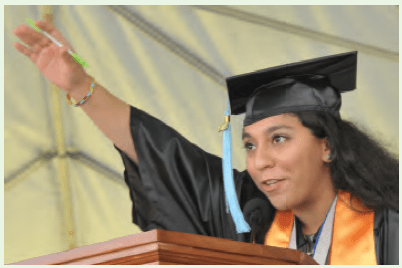Look, up in the sky, over New Jersey, it’s a rare grouping of Mercury, Venus, Mars, Jupiter and Saturn. But look quick, it may not be seen again for 34 years.
Planetary alignments are typically accompanied by stories based on superstitions from medieval times that the Earth could be pulled off its orbital path or suffer extraordinary tides. The combined gravitational force of planetary groupings on the Earth is trivial, however, and happens regularly with no disturbances.
A similar arrangement of planets happened two years ago but was not visible from Earth because of the position of the Sun. The Earth, of course, survived the last alignment, and this year’s phenomenon is also no cause for concern.
The CSI Observatory will host a viewing and an informational program about this planetary alignment on Friday May 3, 2002, from 8:30 p.m. until 10:30 p.m., weather permitting. The program is free and open to the public. Join Professor Irving Robbins, Director of the CSI Observatory, for a chance to view the individual planets and their grouping through the observatory’s telescope and with the naked eye.
Through the telescope will be a chance to view: the moons of Jupiter & Jupiter’s atmosphere; the rings of Saturn; the ice caps on Mars (if we’re very lucky); our nearest neighbor, Venus, in gibbous phase; and the most difficult planet to find, Mercury. Other celestial wonders will also be available for viewing.
“Each of these planets alone is intriguing, and we could spend an entire night studying one,” commented Robbins, “but the opportunity to learn about them and view them as a grouping is an exciting chance for novice and veteran sky-watchers alike to witness part of the celestial ballet.”
Call the CSI Astrophysical Observatory at 982-3260 for updates and weather advisories. The observatory also has public viewing hours on most Monday nights, call for details and availability.
If you can’t join us for this occurrence of planetary phenomena, join us for the next viewable alignment sometime in April 2036.
For more information on the CSI Astrophysical Observatory, visit their website at supernova7.apsc.csi.cuny.edu














